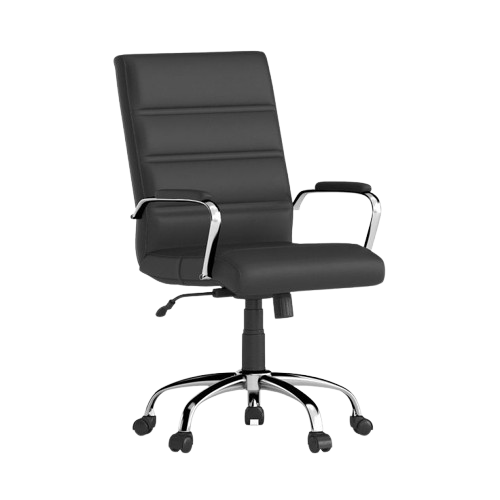Introduction
Furniture is an essential part of every home, offering comfort, functionality, and aesthetics. Over time, wear and tear can take a toll on furniture, leading to the inevitable question: should you repair or replace it? Making the right decision can save you money while ensuring your furniture remains in good condition. This guide will help you determine when to repair and when to replace your furniture based on cost-effectiveness, durability, and usability.
When to Repair Your Furniture
Repairing furniture is often a more affordable and sustainable option, especially if the damage is minor or the piece holds sentimental value. Here are situations where repairing makes sense:
1. Structural Integrity is Intact
If the furniture piece is still structurally sound and only requires minor fixes, such as tightening screws, replacing hinges, or refinishing surfaces, a repair is the best choice. For example, a wooden chair with a wobbly leg can be reinforced rather than discarded.
2. Antique or Sentimental Value
Family heirlooms, antique furniture, or custom-made pieces often have historical or sentimental value. Instead of replacing them, refinishing or reupholstering can restore their charm while preserving their significance.
3. Minor Damage or Wear
Superficial damage, such as scratches, stains, or fading, can often be fixed with simple DIY solutions or professional refinishing. Wooden furniture can be sanded and re-stained, while upholstered pieces can be deep cleaned or re-covered.
4. Cost-Effective Repairs
If the cost of repair is significantly lower than the price of a new item, repairing is the logical choice. For example, fixing a broken drawer in a dresser is far cheaper than buying a whole new unit.
When to Replace Your Furniture
In some cases, replacing furniture is the smarter long-term investment, especially when the cost of repair outweighs its value. Here’s when to consider replacement:
1. Severe Structural Damage
If your furniture has broken frames, deep cracks, or major instability, it may no longer be safe to use. A damaged wooden table or a sagging couch with broken springs might not be worth the extensive repairs.
2. Outdated or Mismatched Style
If your furniture no longer fits your decor or lifestyle needs, replacing it with a more functional or stylish piece can improve your living space. Old, bulky furniture may not be practical in a modern, minimalistic home.
3. Excessive Repair Costs
When repair costs approach or exceed 50% of the cost of a new item, replacement is often the better option. This is especially true for low-quality or mass-produced furniture, where durability is limited.
4. Health and Safety Concerns
Furniture that harbors mold, pests, or allergens can pose health risks. Old mattresses, sofas with bed bugs, or water-damaged wooden pieces should be replaced to ensure a healthier living environment.
Conclusion
Deciding whether to repair or replace furniture depends on cost, durability, and sentimental value. Minor damages can often be fixed, but when structural integrity is compromised or repair costs are too high, replacement is the better option. By carefully evaluating each situation, you can make a cost-effective decision that enhances your home’s comfort and aesthetics.




